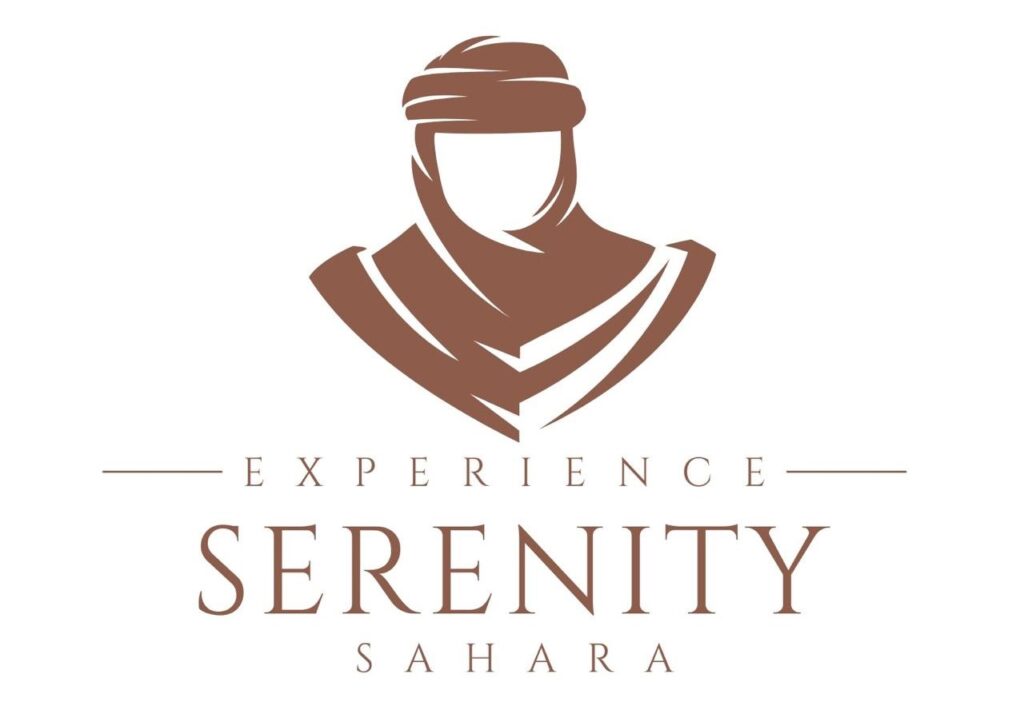Morocco is a treasure trove of history and culture, where ancient cities stand as living monuments to the country’s rich and diverse heritage. From bustling medinas to serene kasbahs, each city tells a story of Morocco’s past and its vibrant traditions. Here’s a journey through Morocco’s most iconic ancient cities and their cultural significance.
1. Fes – The Spiritual and Intellectual Hub
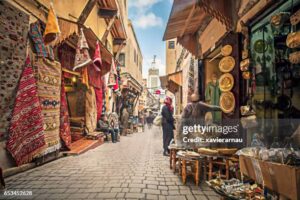
Fes is Morocco’s oldest imperial city, known for its well-preserved medieval architecture and vibrant cultural scene.
- Highlights:
- The UNESCO-listed Fes el-Bali, a labyrinthine medina.
- University of Al Quaraouiyine, the oldest university in the world.
- Traditional tanneries and artisan workshops.
- Cultural Significance: A center for Islamic scholarship and craftsmanship.
2. Marrakech – The Red City
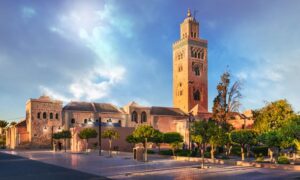
Marrakech blends history with modernity, offering a sensory overload of colors, sounds, and scents.
- Highlights:
- The bustling Jemaa el-Fnaa Square and souks.
- The majestic Koutoubia Mosque.
- The stunning Bahia Palace and Saadian Tombs.
- Cultural Significance: Known for its vibrant art scene and traditional Moroccan performances.
3. Meknes – The City of Monuments
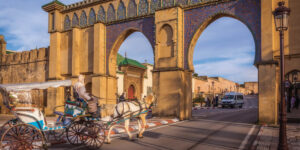
Meknes, a UNESCO World Heritage Site, is famous for its impressive gates and historical sites.
- Highlights:
- The magnificent Bab Mansour gate.
- Heri es-Souani, an ancient granary and stable.
- The serene Royal Stables and the nearby Roman ruins of Volubilis.
- Cultural Significance: Reflects Morocco’s imperial grandeur under Sultan Moulay Ismail.
4. Rabat – The Modern Capital with a Historical Heart
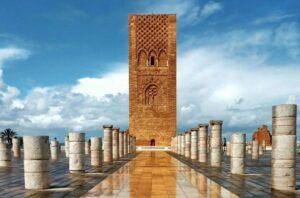
As Morocco’s political capital, Rabat is a harmonious blend of the old and the new.
- Highlights:
- The iconic Hassan Tower.
- The Kasbah of the Udayas, overlooking the Bou Regreg River.
- The Royal Palace and vibrant gardens.
- Cultural Significance: A testament to Morocco’s modern and historical fusion.
5. Chefchaouen – The Blue Pearl
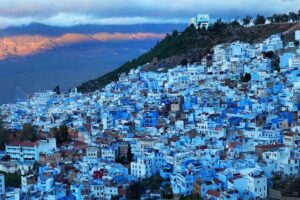
Nestled in the Rif Mountains, Chefchaouen is renowned for its blue-washed streets and relaxed vibe.
- Highlights:
- Wandering the picturesque medina.
- Visiting the ancient Kasbah Museum.
- Hiking in the surrounding Talassemtane National Park.
- Cultural Significance: A haven for artists and photographers, reflecting Berber influences.
6. Essaouira – The Coastal Gem

Essaouira is a coastal city known for its laid-back atmosphere and historic charm.
- Highlights:
- The UNESCO-listed medina and harbor.
- Artisan workshops and art galleries.
- The annual Gnaoua Music Festival.
- Cultural Significance: A melting pot of Moroccan, Berber, and European influences.
7. Tangier – The Gateway to Africa
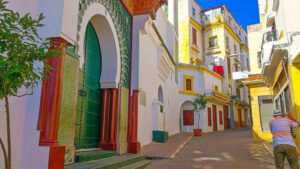
Tangier is a cosmopolitan city with a rich literary and artistic history.
- Highlights:
- The historic Kasbah Museum.
- The bustling Grand Socco Market.
- The legendary Café Hafa, overlooking the Strait of Gibraltar.
- Cultural Significance: A crossroads of cultures and a hub for creative minds.
8. Ouarzazate – The Doorway to the Sahara
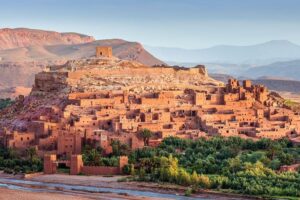
Ouarzazate, known as the “Hollywood of Morocco,” is a gateway to the desert and rich in cinematic history.
- Highlights:
- The iconic Ait Benhaddou, a UNESCO World Heritage Site.
- Film studios where numerous blockbusters were shot.
- Nearby kasbahs and desert landscapes.
- Cultural Significance: A center for Berber culture and Saharan traditions.
Exploring Morocco’s Heritage
Morocco’s ancient cities are more than just tourist destinations—they are gateways to understanding the country’s soul. From the spiritual alleys of Fes to the artistic retreats of Essaouira, each city offers a unique glimpse into Morocco’s cultural tapestry.
Whether you’re wandering the vibrant souks or marveling at historical landmarks, Morocco’s ancient cities promise an unforgettable journey through time and tradition.
